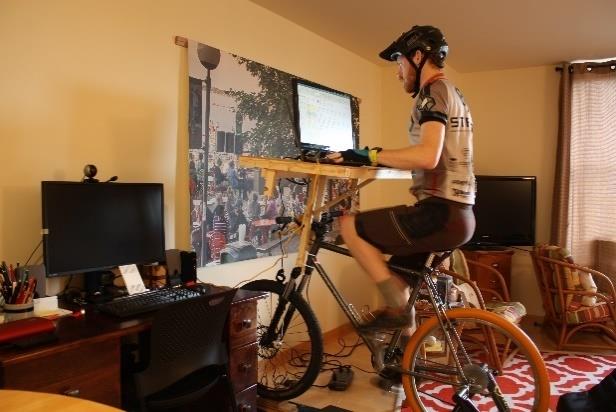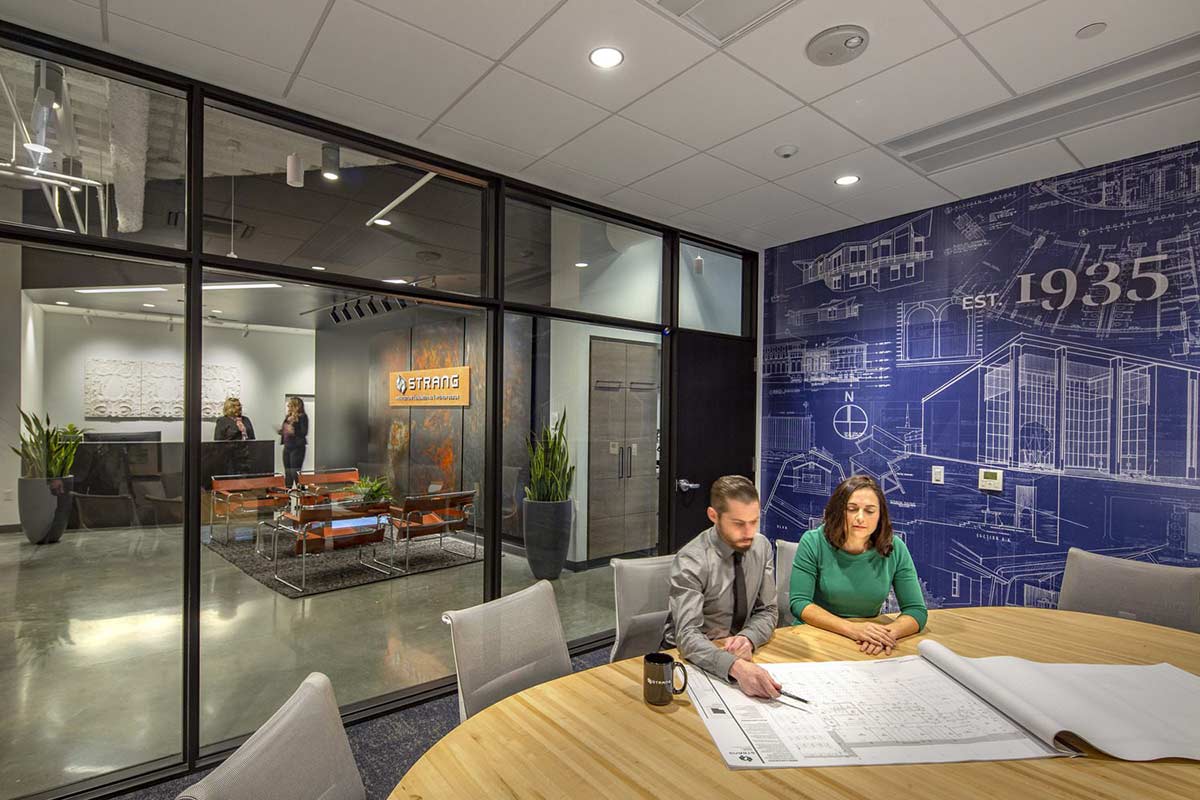By Peter Tan, Executive Vice President & Chief Design Officer and Erinn Feltes, Marketing Coordinator
We Discuss Designing For The Future, The Right Approach To Design Post-Pandemic, And Key Values For The Workplace Of The Future.
"THE NEW NOW"
As we move forward in this ever-changing world of COVID-19, “The New Now” is the phrase of the hour. What will the world look like after this pandemic is over? What will the new workplace look like? Most certainly, not the normal as that life was far from ideal. COVID-19 will provide a wakeup call for the ways in which “normal” could use some demonstrable improvements. Previously, human contact was taken for granted, flexibility in the workplace was discounted, and not enough attention was paid to human health and wellness.
There is an investment when designing for the future, and hopefully post-pandemic, design will be more appreciated for its long-term benefits, rather than its short-term costs.
OPPORTUNITY AND APPROACH
Let’s back up for a moment. Before trying to envision the future of design, we first need to rethink our attitude and approach.
I and my colleagues at Strang have been contemplating how this affects the design of workplaces going forward, and one thing we have come to realize is that our planet has gone through this before. For example, the Spanish Flu Pandemic of 1918 was a catalyst for the outpouring of creative energy in the 1920’s that created the Modern Movement in Architecture and the accompanying social and technological advances of the 20th Century, the legacy of which we are still living out today.
As we learn from the past, we need to continue to research and think through both the short-term (as we move back into our existing spaces) and the long term (as we design new spaces) implications of the pandemic. Our best response to the challenge of this pandemic should be approaching it with the attitude of seeing this as an opportunity for creative thinking, to adapt, and come up with new and innovative solutions to how we do things rather than approaching it from the standpoint of fear and paranoia.
Take the design of schools for example. In response to the plague of school shootings, the knee jerk reaction would be to build something similar to a fortress or a prison – thick impenetrable walls with students placed under careful monitoring. This is designing in reaction to fear, rather than applying intelligent insights.
Instead, experts have found that a well-lit, transparent building is more beneficial to the safety of students – the opposite of a prison. What’s more, students do not want to be constantly reminded of this danger every time they go to school. Instead, rethink, redefine your response to school violence with a well-integrated design that celebrates and optimizes what education is for.
This same approach applies to designing offices after a pandemic. Rather than think of short-term solutions – like separating everyone into ceiling high Plexiglas gerbil cage cubicles – we should be thinking of long-term answers that are creatively, resourcefully, and safely integrated into the design and function without occupants living with a constant reminder of getting sick.
We are in the middle of the pandemic right now, and things are evolving as we speak. We need to approach it with a great sense of humility and openness, and not be too quick to claim to know the ultimate solution. The rapidly unfolding situation in front of us requires a collaborative, nimble and agile attitude towards finding long-term meaningful solutions.
DESIGNING FOR THE FUTURE
Now that we’ve considered our approach, let’s discuss some key focal points for the workplace of the future: Wellness, Resiliency and Sustainability.
WELLNESS
The pandemic has created a heightened sense of anxiety in the population in general. In the interest of emotional wellness, more emphasis should be placed upon creating spaces that are calming and reassuring by creating a culture of transparency with visual cues of cleanliness standards. Not only should we enhance indoor air quality with HVAC systems that improve ventilation and filtration, we need to find ways of elegantly communicating these strategies.
A workplace that is well sanitized, cleaned and has good indoor air quality will improve its occupants’ physical health, and awareness of this will put them emotionally at ease.
RESILIENCY
Pre-COVID, resiliency was a growing conversation in the design world, and the pandemic has accelerated and heightened focus on this important topic. The concept of “Loose Fit, Long Life” is that the more loosely defined the programmatic requirements and the design solutions for a building are, the more flexible it will be for the future. Most buildings are demolished not because they are falling apart, but because their functionality has become obsolete. Designing to last a long time does not simply mean utilizing durable materials, rather designing for flexibility in order to defy obsolescence.
Resiliency is the ability for a system or a community to withstand a crisis or disaster. COVID-19 was not on our minds when we were thinking of “disaster”, nor should it be the only thing to consider as we work towards the goal of achieving Resiliency.
For example, the response to a fire in a building should not only be to make the building more fireproof, but to focus on investigating the root cause of the fire in order to come up with long-term solutions to the problem. Let us use COVID-19 as a wake-up call for us to thoughtfully and creatively collaborate to create a more just and resilient future for us all.
SUSTAINABILITY
While we are advocating a positive, optimistic, creative attitude towards finding solutions to the COVID-19 crisis, we need to acknowledge the challenges of coming up with sustainable solutions that possess the triple bottom line of “People, Planet, Profit” – a sustainable community, environment, and economy.
Most of our energies in terms of sustainability in recent history have been applied towards a more sustainable environment. In light of the COVID-19 pandemic and our push towards Diversity, Equity, Inclusion, and Resilience, we need to realize that a sustainable economy and community are equally important. The negative effects of climate change, the COVID-19 pandemic and systemic racism are disproportionately experienced by the most disadvantaged and vulnerable members of our community. Future design solutions should encompass each of these facets of sustainability in order to benefit environment, economy, and community.
THE NEW NOW
So, to answer our first question – what will the new workplace look like? We can’t say for certain. We can only hope that the values and approaches we’ve outlined here are given new emphasis and serious consideration. Amid all the misfortune caused by this virus, it can also serve as the spark needed to rethink design to better serve people in the future.
As we consider what the new workplace will look like, it would be wise to examine how the very meaning of “work” has changed. The pandemic has accelerated the inevitable shift towards the “Distributed Workplace”, in which the idea of “Going to Work” has given way to the idea of working from anywhere. The term “Work from Home” in many ways is too narrow a description, because working from home is still “Going to Work.”
It’s also important to acknowledge the privileged position of being able to work in a “Distributed Workplace”. This is only possible because of a large service industry workforce whose tireless efforts support our economy, and do not have the choice of a socially distanced workplace. We need to thoughtfully address the tendency of the pandemic to widen the chasm between those with more resources and those with less, and its disproportionate negative impacts on the most vulnerable members of our community.
Meaningful and long-term solutions to our current crisis will only be achieved when we work towards a more diverse, equitable, inclusive, resilient, and sustainable community for all.














